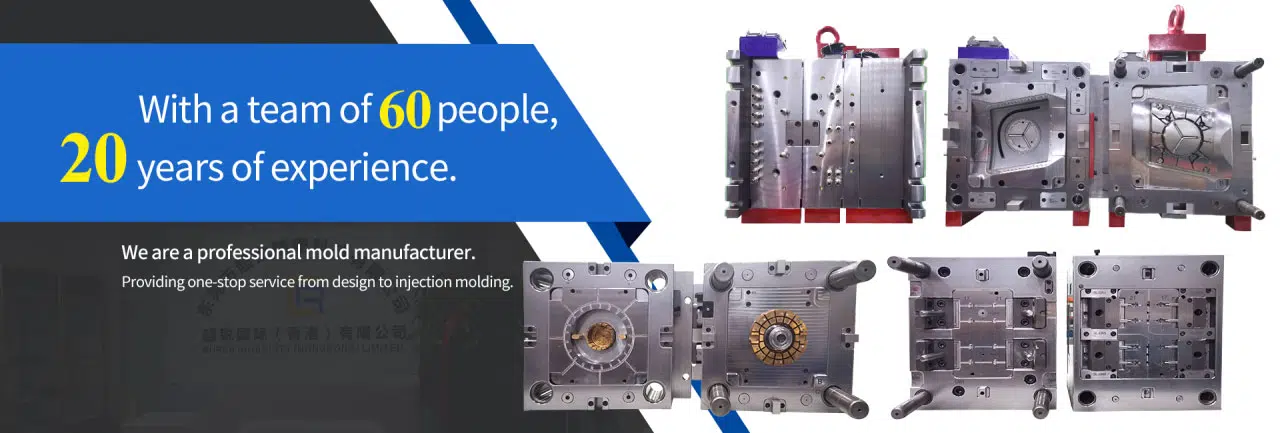Swiss Lathe Precision Machining Techniques

# Swiss Lathe Precision Machining Techniques
Introduction to Swiss Lathe Machining
Swiss lathe machining, also known as Swiss-type turning or Swiss screw machining, is a specialized precision manufacturing process that has revolutionized the production of small, complex parts. Originating in Switzerland’s watchmaking industry, this technology has evolved to become essential in various high-precision industries including medical, aerospace, and electronics.
How Swiss Lathes Differ from Conventional Lathes
The primary distinction of Swiss lathes lies in their unique sliding headstock design. Unlike conventional lathes where the workpiece rotates while stationary, Swiss lathes feature a moving headstock that guides the workpiece through a guide bushing. This innovative approach provides exceptional stability and accuracy, particularly for long, slender parts that would otherwise deflect during machining.
Key Advantages of Swiss Lathe Design:
- Superior precision for small diameter parts
- Reduced vibration and deflection
- Ability to machine complex geometries in one setup
- Higher production rates for small parts
Essential Swiss Lathe Machining Techniques
1. Guide Bushing Utilization
The guide bushing is the heart of Swiss machining, providing support directly adjacent to the cutting tool. This proximity minimizes workpiece deflection, allowing for tighter tolerances and better surface finishes. Proper bushing selection and maintenance are critical for optimal performance.
2. Multi-Axis Machining Capabilities
Modern Swiss lathes often incorporate multiple axes (typically 5-9 axes) that enable simultaneous operations. This allows for complete part machining in a single setup, reducing handling errors and increasing efficiency. Common additional operations include milling, drilling, and cross-working.
3. Micro-Machining Precision
Keyword: Swiss Lathe
Swiss lathes excel at micro-machining applications, capable of producing parts with diameters as small as 0.5mm while maintaining micron-level tolerances. Specialized tooling and high-speed spindles make this precision possible.
Material Considerations for Swiss Machining
While Swiss lathes can handle various materials, they particularly shine with:
- Stainless steels (303, 304, 316)
- Titanium alloys
- Brass and copper alloys
- Plastics (PEEK, Delrin)
- Exotic alloys (Inconel, Hastelloy)
Applications of Swiss Lathe Machining
The precision of Swiss machining makes it ideal for critical components in:
- Medical devices (surgical instruments, implants)
- Aerospace components (fuel system parts, fasteners)
- Electronics (connectors, pins, contacts)
- Automotive (fuel injection components, sensors)
- Watchmaking and jewelry
Future Trends in Swiss Machining Technology
The Swiss lathe industry continues to evolve with advancements in:
- Smart machine monitoring and predictive maintenance
- Increased automation and robotic integration
- Advanced tooling materials and coatings
- Improved CNC controls and software integration
- Hybrid manufacturing combining additive and subtractive processes
As manufacturing demands for smaller, more complex parts with tighter tolerances continue to grow, Swiss lathe machining remains at the forefront of precision manufacturing solutions.
Categories: News